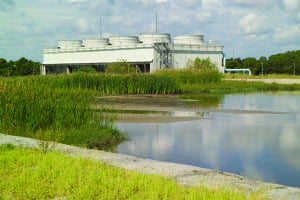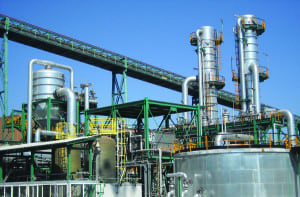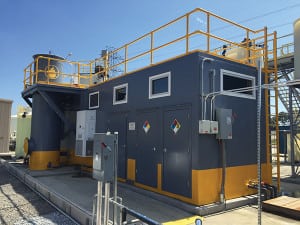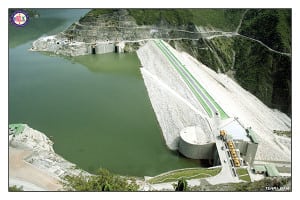Water
-
O&M
Cooling Towers: Efficiency Waiting to Happen
Cooling towers serve the vital role of cooling water for power plant heat exchange equipment. Sustaining excellent system performance is important because a one-degree increase in water temperature can cause a 2% increase in energy usage. Proper maintenance and a few upgrades could improve a cooling tower’s efficiency, while also saving water in the process. […]
Tagged in: -
Water
Using Reclaimed Water in Power Plant Cooling Applications
Using reclaimed water as a makeup supply for cooling tower systems has become a popular option for reducing impacts on local water resources, but it comes with its own challenges because of its unique
Tagged in: -
Coal
Reclaimed Water Reduces Stress on Freshwater Supplies
Power generation need not be another source of strain on diminishing freshwater resources. Well-established water reclamation technologies are enabling producers to conserve resources—and money. Meeting the
Tagged in: -
Legal & Regulatory
A Comparison of ELG Compliance Options for Flue Scrubber Wastewater
Meeting the requirements of the Effluent Limitations Guidelines (ELG) means careful consideration of the various options. Both biological treatment and zero liquid discharge (ZLD) approaches have their place, but ZLD may offer more flexibility for the future. On September 30, 2015, the Environmental Protection Agency (EPA) issued the final effluent limitation guidelines (ELGs) rule for […]
Tagged in: -
Renewables
CHP 2.0: New Fuels and New Business Models
A variety of approaches have been used to capture new benefits from combined heat and power (CHP) facilities. Some owners have transitioned to new fuels or added renewables to the mix, while others have implemented unique business models to spur development. As district heating systems are brought into the 21st century, the CHP sector seems […]
Tagged in: -
Legal & Regulatory
Next-Generation FGD Wastewater Bioreactor Technology Introduced for ELG Compliance
Compliance with one of the latest federal environmental regulations, the Effluent Limitations Guidelines (ELG), can be both costly and complicated. A newly available option offers features and capabilities that may make it a more attractive alternative than conventional approaches. In September 2015, the U.S. Environmental Protection Agency (EPA) finalized a new rule affecting flue gas […]
Tagged in: -
Coal
Slide Show Supplement to Mátra Power Plant, Visonta, Hungary
The Mátra Power Plant in Visonta, Hungary, uses a dense slurry system for handling fly ash and other coal combustion residuals. The DSS combines ash and water in a 1:1 ratio, creating a cement-like slurry. [gss ids=”93802,93804,93832,93808,93834,93836,93838,93840,93842,93844,93822,93846,93848,93850″]
-
Coal
Warming Climate Likely to Have “Minor” Impact on Power Plant Output
According to a Duke University study, future climate warming will likely cause only minor reductions in power output at most U.S. coal- and gas-fired power plants.
-
Coal
Huaneng Power’s Changxing Station ZLD Project, China
To satisfy China’s more stringent water use and air pollution rules, developers of the new 1.3-GW ultrasupercritical coal-fired Changxing Power Plant used a novel forward osmosis–based brine concentration
Tagged in: -
Coal
Indian Water Crisis Shuts Down Multiple Power Plants
A severe water crisis gripping India this year has forced several of the country’s hydroelectric and thermal power plants to shut down. At least 10 of India’s 29 states have been stricken by severe drought after the monsoons failed for two seasons in a row (as of the start of July, the monsoons had still […]







